Properties
| Storage Buffer | PBS pH 7.4, 50% glycerol, 0.09% sodium azide. *Storage buffer may change when conjugated |
| Storage Temperature | -20ºC |
| Shipping Temperature | Blue Ice or 4ºC |
| Purification | Protein A purified |
| Clonality | Recombinant Monoclonal |
| Clone Number | 1A2 |
| Isotype | IgG |
| Specificity | Amyloid Beta 1-42 oligomers |
| Cite This Product | Amyloid Beta 1-42 Oligomer Antibody (StressMarq Biosciences | Victoria, BC CANADA, Catalog# SMC-618, RRID: AB_3716721) |
| Certificate of Analysis | A 1:4000 dilution of SMC-618 was sufficient for detection of 2ng of AB 1-42 oligomers by dot blot analysis with goat-anti-rabbit:HRP as the secondary and by self-sandwich ELISA analysis (capture at 1 ug/mL, detection at 0.2 ug/mL). |
Biological Description
| Alternative Names | Amyloid Beta 1-42 Oligomer, Aβ1-42 Oligomer, Abeta Oligomers, Amyloid beta peptide 1-42, Aβ42, Beta-amyloid protein 42, Beta-APP42, Amyloid beta A4 protein, APP, ABPP, APPI, Non-A4 component of amyloid precursor, Alzheimer disease amyloid protein |
| Research Areas | Alzheimer's Disease, Amyloid, Neurodegeneration, Neuroscience |
| Cellular Localization | Membrane (Secreted) |
| Gene ID | 351 (APP) |
| Swiss Prot | P05067 |
| Scientific Background |
Amyloid beta (Aβ) peptide, particularly the 1-42 isoform (Aβ1-42), plays a central role in the pathogenesis of Alzheimer’s disease (AD). Aβ is generated through proteolytic cleavage of the amyloid precursor protein (APP) and can self-assemble into a range of aggregated species, including oligomers, protofibrils, fibrils, and ultimately extracellular plaques. Among these, Aβ1-42 oligomers are increasingly recognized as the most neurotoxic species, contributing to synaptic dysfunction, neuroinflammation, and cognitive decline. Our amyloid beta oligomer antibody has been validated for high specificity toward Aβ1-42 oligomers, distinguishing them from other aggregated forms. This specificity is critical for accurately detecting early-stage, soluble aggregates that precede plaque formation and are believed to drive early neurodegenerative changes in AD (1). The immunogen used to generate these oligomers was Amyloid Beta Peptide 1-42, pre-treated with 1,1,1,3,3,3-Hexafluoro-2-propanol (HFIP), following established protocols to ensure reproducible oligomer formation (2, 3). This preparation method enhances the structural fidelity of oligomeric species, enabling more precise investigation of their pathological roles. Given that most therapeutic strategies over the past two decades have targeted Aβ accumulation, tools that selectively recognize Aβ1-42 oligomers are essential for advancing both basic research and translational efforts in Alzheimer’s disease. |
| References |
1. Panza et al. 2019. Nat Rev Neurol. 15:73-88 https://doi.org/10.1038/s41582-018-0116-6 2. Stine et al. 2003. JBC. 278(13):11612-22. doi: 10.1074/jbc.M210207200 3. Ahmed et al. 2010. Nature Structural & Molecular Biology. 17(5):561 doi: 10.1038/nsmb.1799 |
Product Images
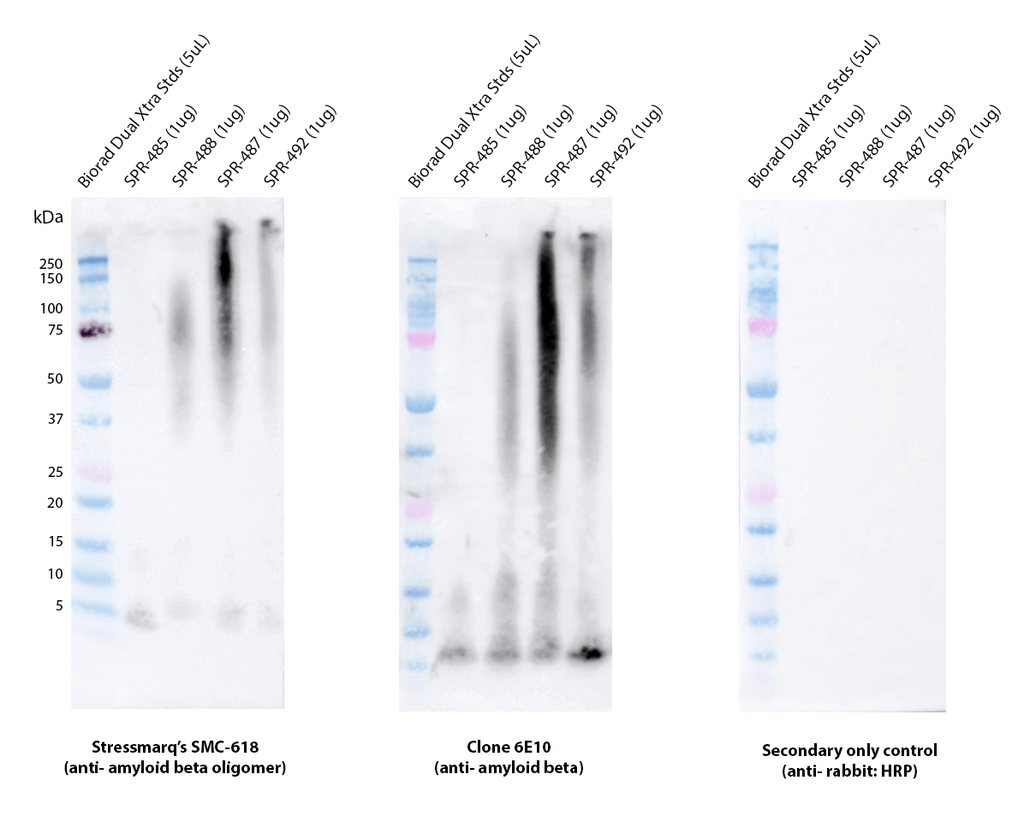
Western blot analysis comparing detection of StressMarq’s Amyloid Beta 1-42 constructs (SPR-485 = amyloid beta 1-42 peptide; SPR-488 = amyloid beta 1-42 oligomers; SPR-487 = amyloid beta 1-42 pre-formed fibrils; SPR-492 = amyloid beta pyroglutamate 3-42 pre-formed fibrils). Block: 5% skim milk. Primary Antibodies: Rabbit Anti-Amyloid Beta 1-42 oligomer monoclonal antibody (SMC-618, clone 1A2) & Mouse Anti-Amyloid Beta 1-16 monoclonal antibody (Biolegend 803001, clone 6E10), both at 1:1000 for 1/2 hour at RT. Secondary Antibodies: Goat anti-rabbit IgG:HRP or anti-mouse IgG:HRP at 1:4000 for 1/2 hour at RT. Color Development: Chemiluminescent for HRP (Moss) for 1 min in RT. Exposed 1 second.
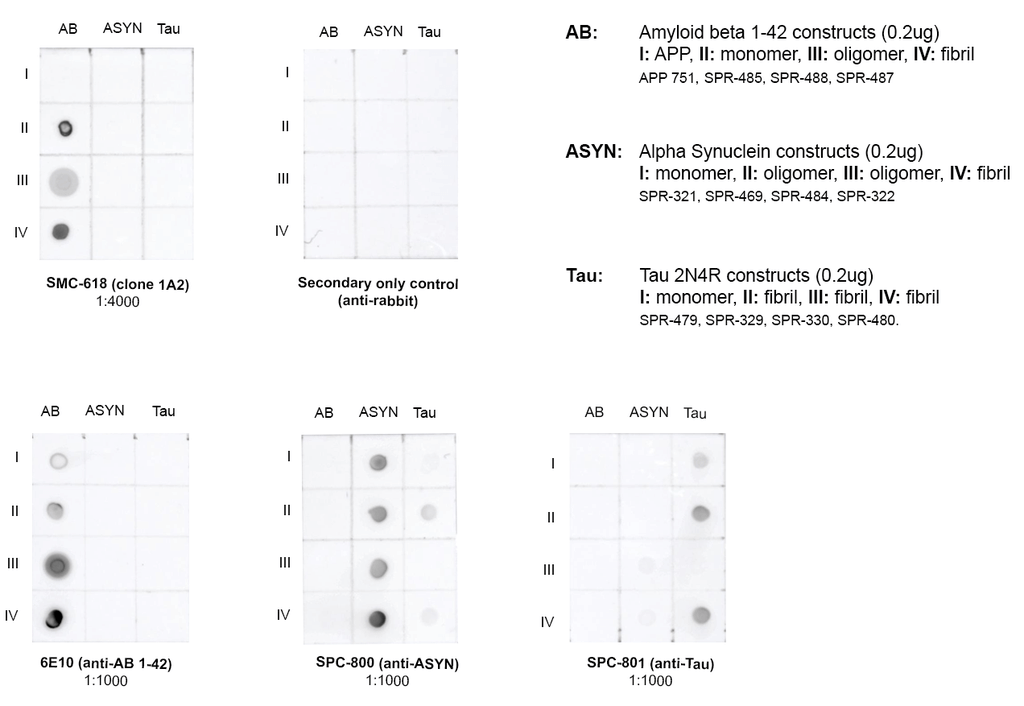
Dot blot analysis comparing detection of StressMarq’s amyloid beta 1-42 constructs, alpha synuclein wildtype constructs, and tau constructs. Of note is that SMC-618 does not bind APP 751 or other protein constructs such as alpha synuclein and tau. Block: 5% skim milk. Primary Antibodies: Anti-Amyloid Beta 1-42 oligomer monoclonal antibody (SMC-618, clone 1A2), Anti-Amyloid Beta 1-16 monoclonal antibody (Biolegend 803001, clone 6E10), Anti-Alpha Synuclein polyclonal antibody (SPC-800), and Anti-Tau polyclonal antibody (SPC-801), all incubated for 1/2 hour at RT. Secondary Antibodies: Goat anti-rabbit IgG:HRP or anti-mouse IgG:HRP at 1:4000 for 1/2 hour at RT. Color Development: Chemiluminescent for HRP (Moss) for 1 min in RT. Exposed 1 second.

Dot blot analysis comparing detection of StressMarq’s amyloid beta constructs. Concentrations tested are 20 & 2ng, respectively. Block: 5% skim milk. Primary Antibodies: Rabbit Anti-Amyloid Beta 1-42 oligomer monoclonal antibody (SMC-618, clone 1A2) & Mouse Anti-Amyloid Beta 1-16 monoclonal antibody (Biolegend 803001, clone 6E10), both at 1:1000 for 1/2 hour at RT. Secondary Antibodies: Goat anti-rabbit IgG:HRP or anti-mouse IgG:HRP at 1:4000 for 1/2 hour at RT. Color Development: Chemiluminescent for HRP (Moss) for 1 min in RT. Exposed 1 second.
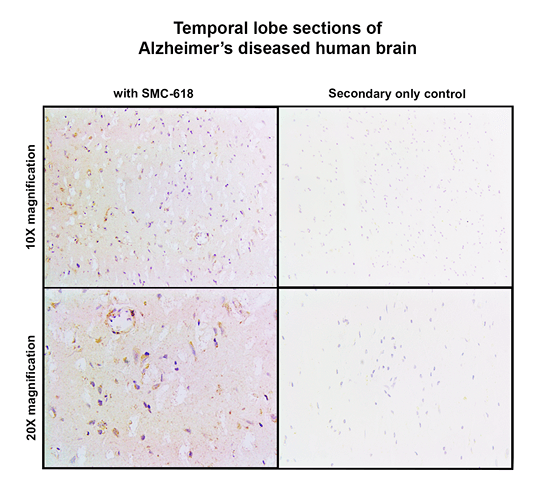
Immunohistochemistry (IHC) analysis on a temporal lobe section of a human Alzheimer’s diseased brain tissue. Block: 3% skim milk in PBST. Primary Antibody: StressMarq’s Rabbit Anti-Amyloid Beta Oligomer Monoclonal Antibody, clone 1A2 (SMC-618) at 1:100. Secondary: Goat-anti-rabbit IgG:HRP at 1:100. Stained with DAB (1:50) and Hematoxylin (1:10).

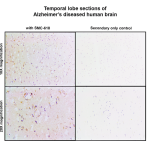
![Rabbit Anti-Amyloid Beta 1-42 Oligomer Antibody [1A2] used in ELISA (ELISA) on Human Purified protein (SMC-618)](https://www.stressmarq.com/wp-content/uploads/SMC-618_Amyloid-Beta-1-42-Oligomer_Antibody_1A2_ELISA_Human_Purified-protein_1.png)
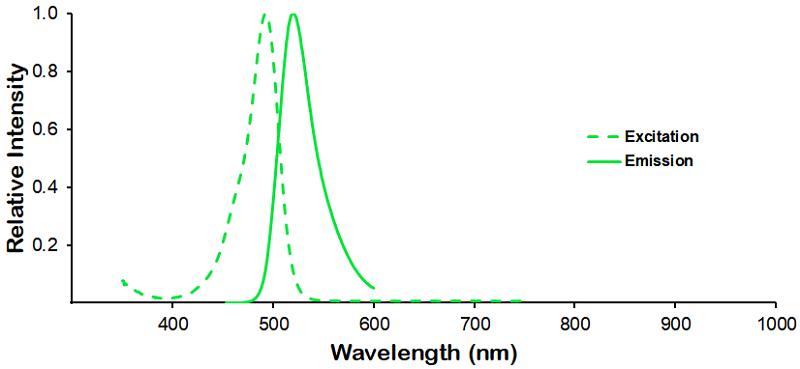
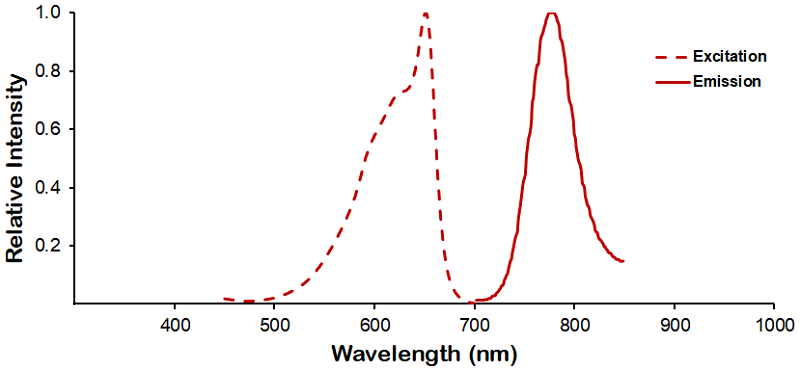
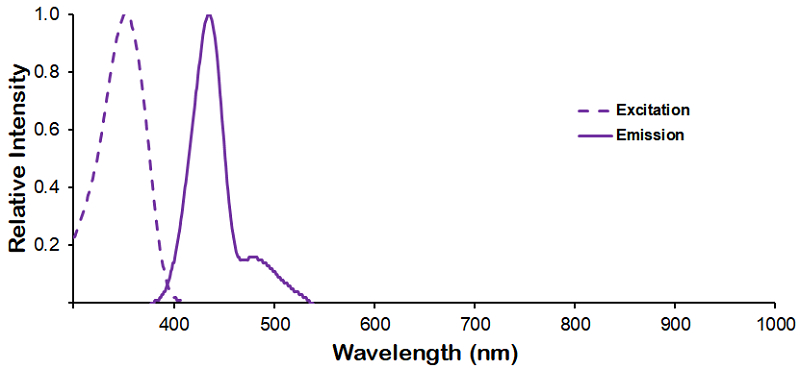

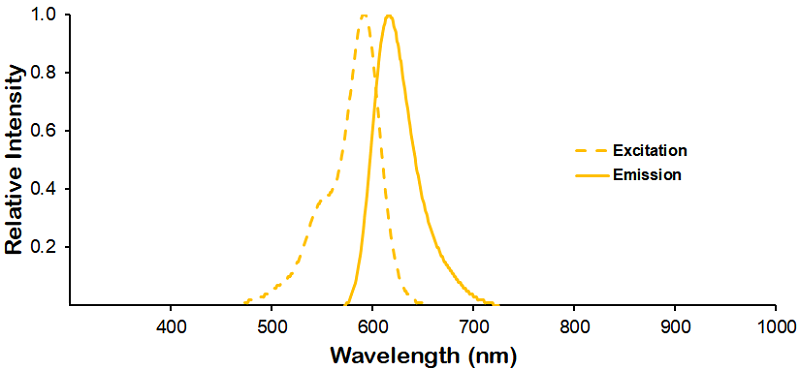
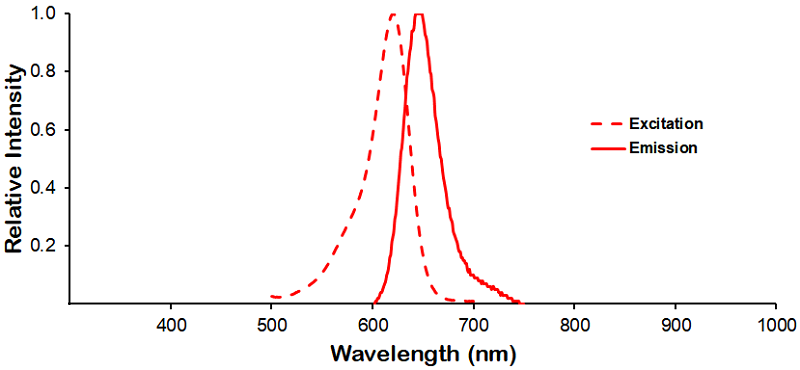
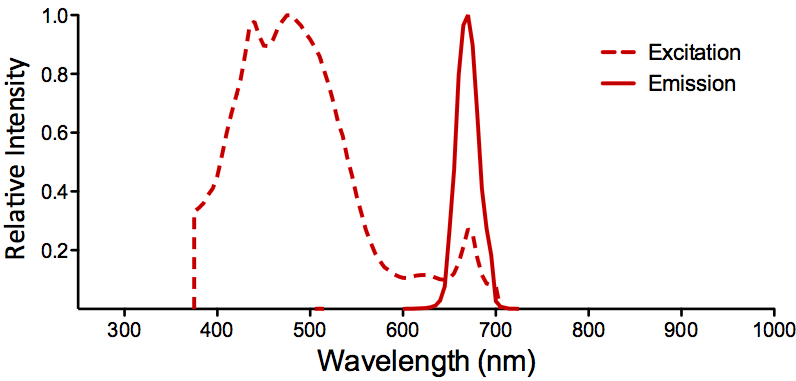
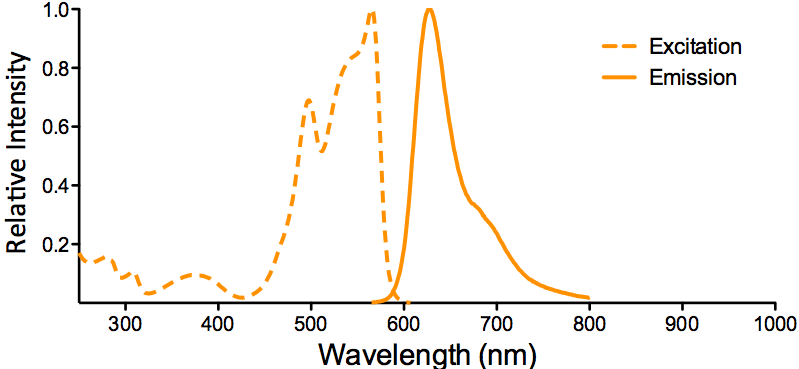
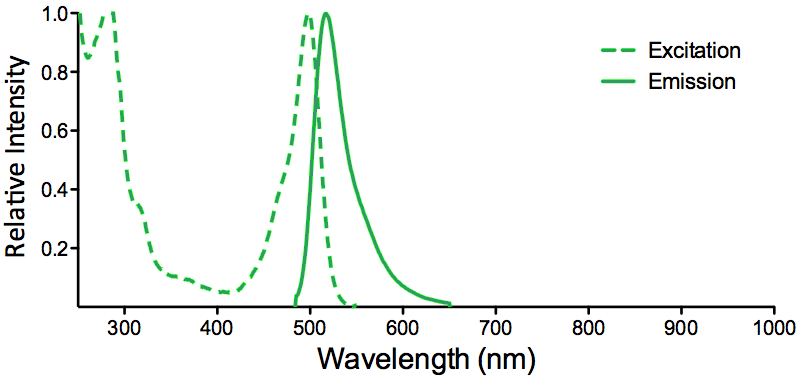
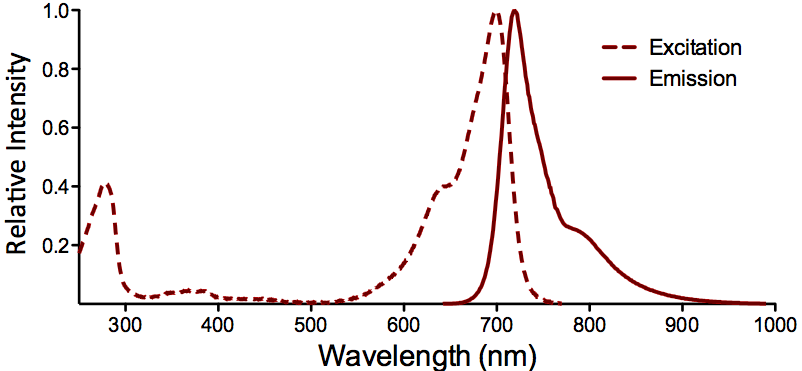
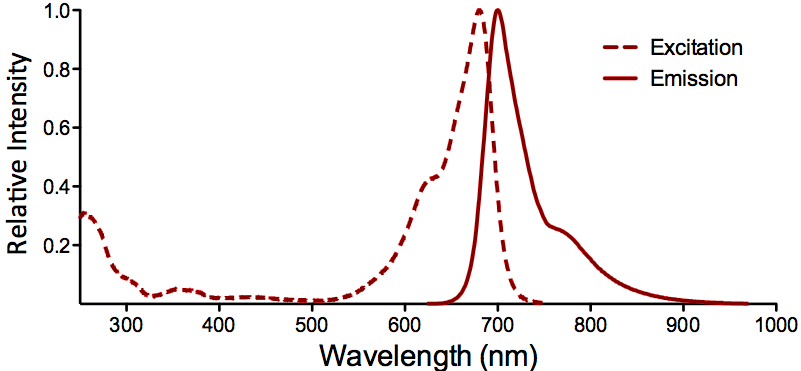
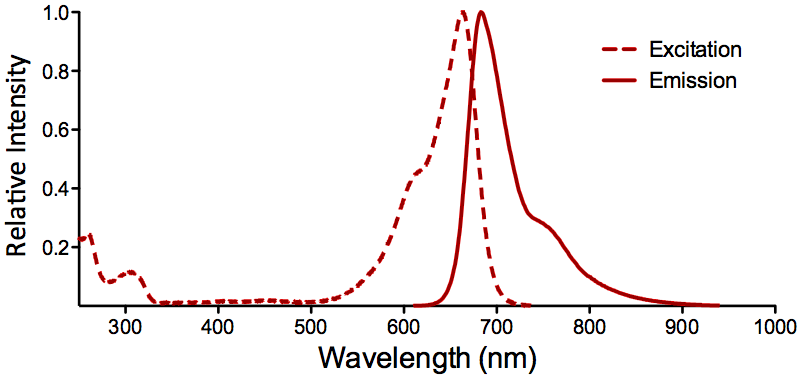
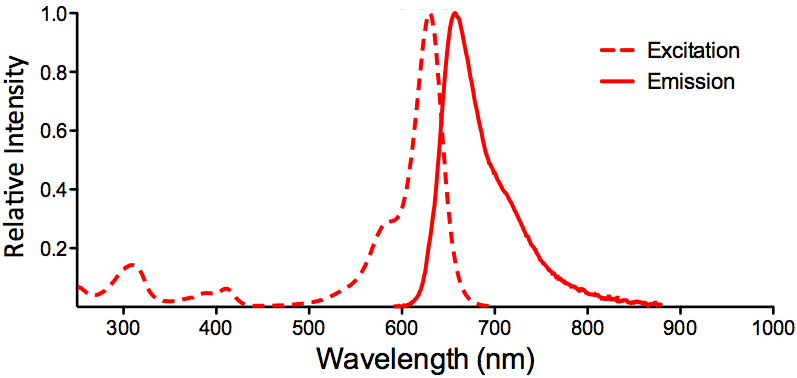
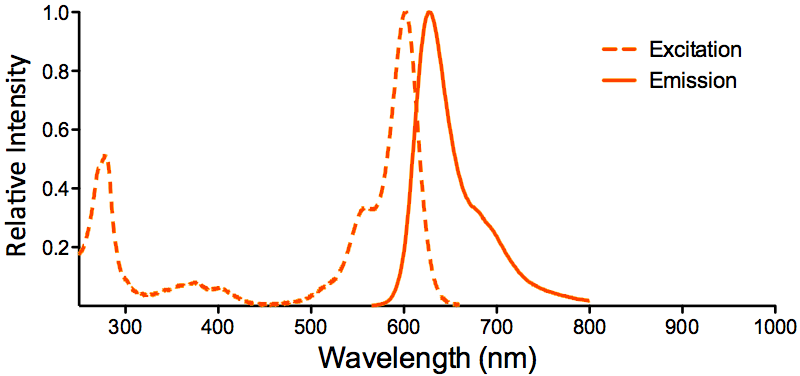
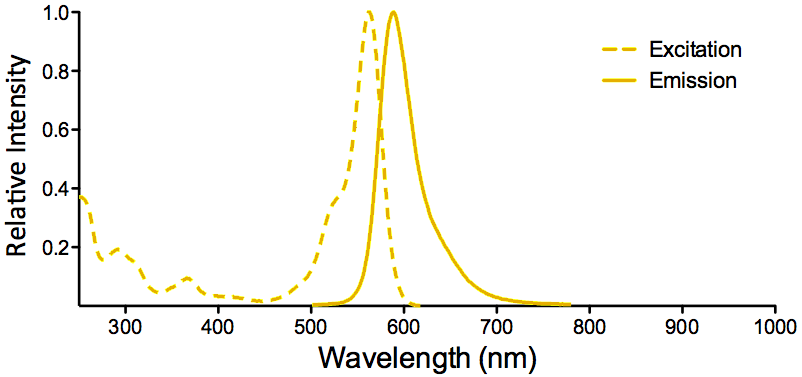
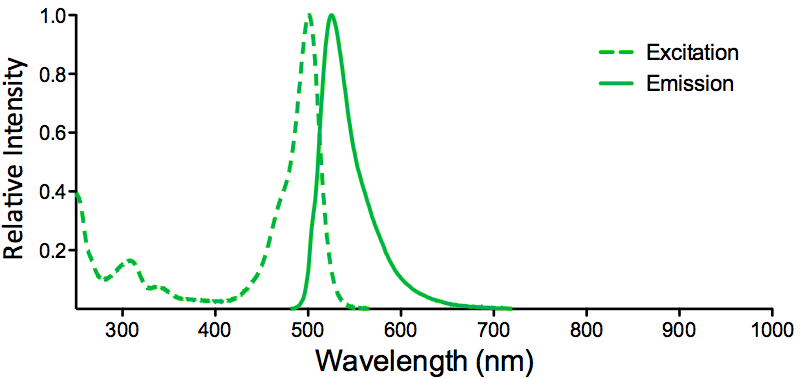
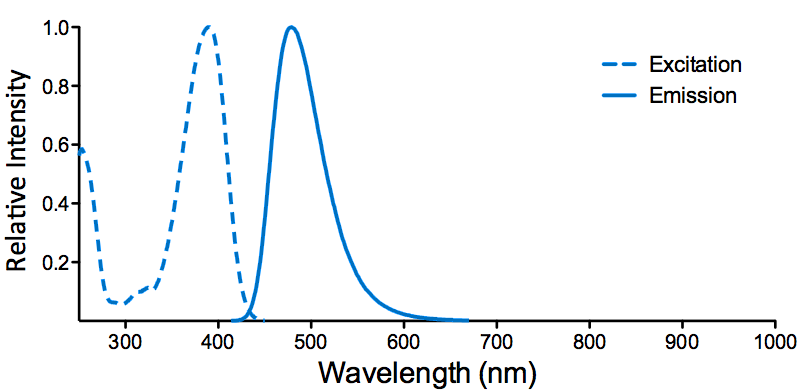
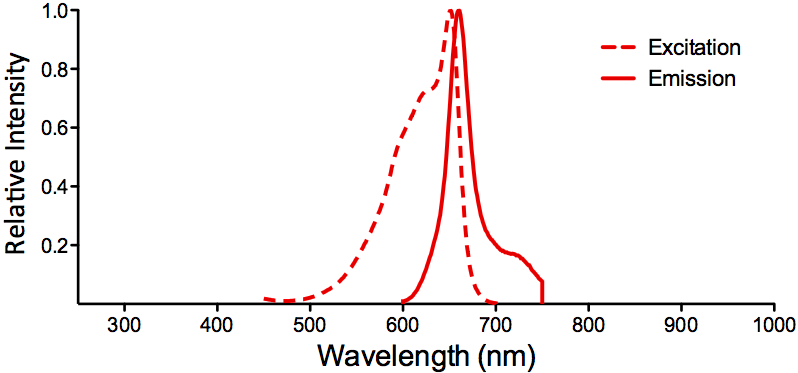
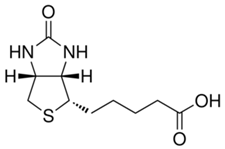

Reviews
There are no reviews yet.